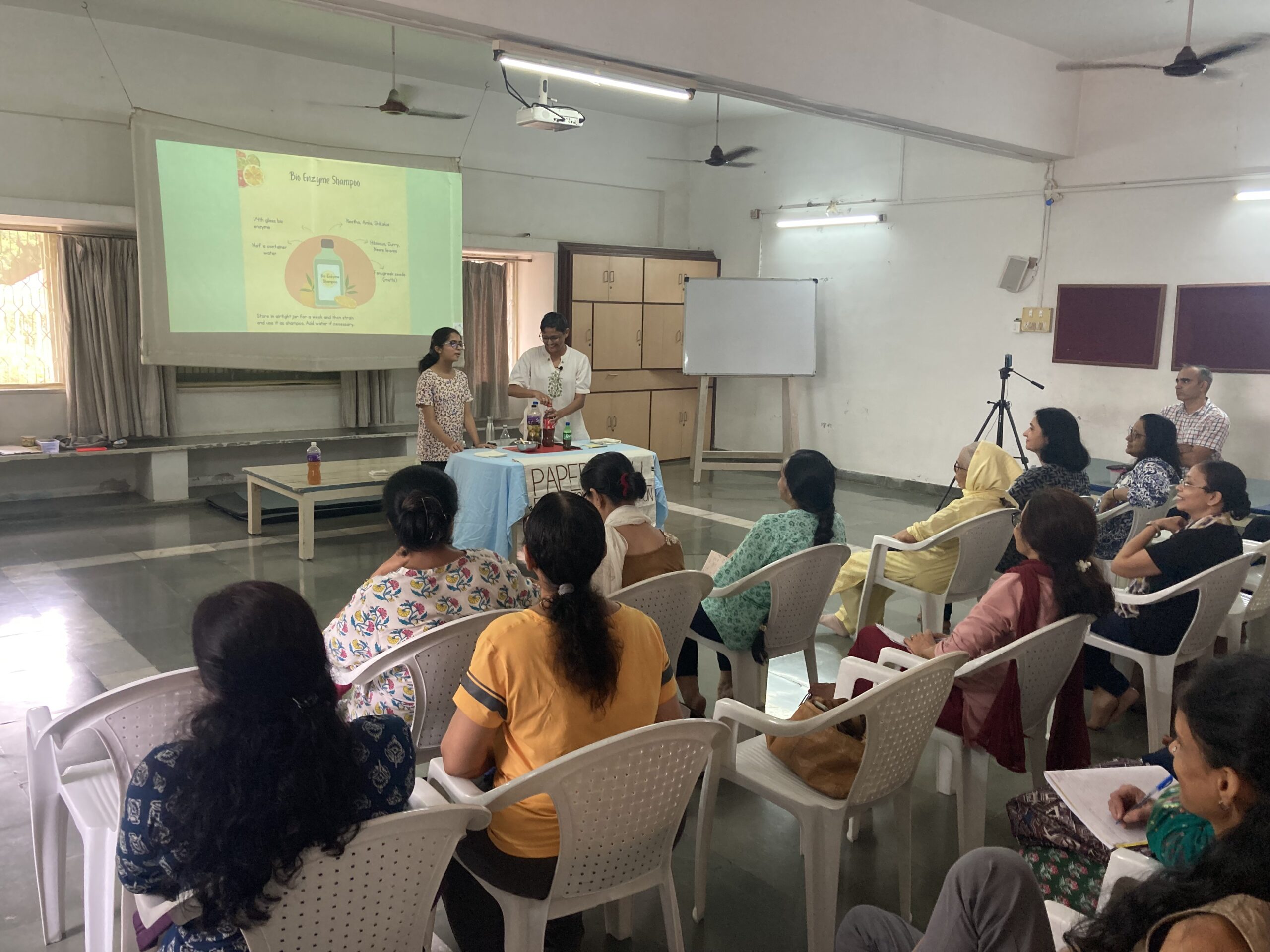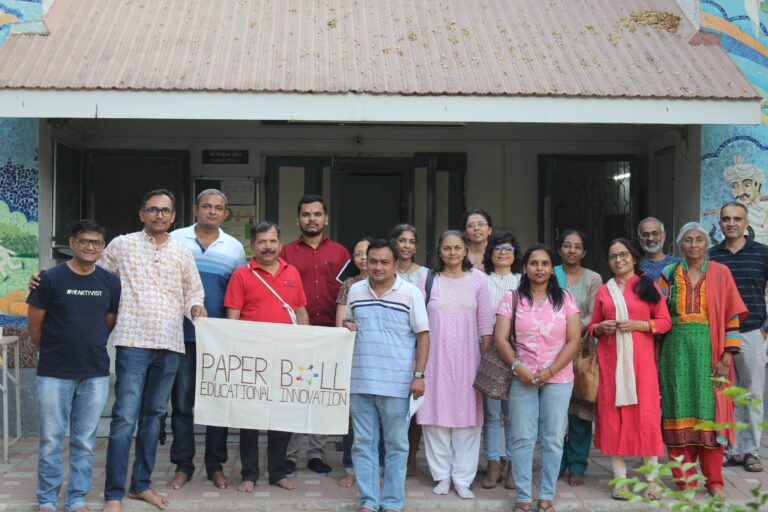Good For Nature, Good For You
With the theme of “Good for Nature, Good for You”, a group of about 30 participants joined us for the third edition of “it’s Elementary” knowledge community series.
Our friend, artist and sustainable personal care products maker, Bhumika Patel (www.sarjanarts.com) took the participants through the process of making sustainable personal care and home care products by using simple and commonly available ingredients.
The session also delved into a few examples of the companies that use a multitude of chemical ingredients to make the personal care products being sold in the market. These chemical ingredients are causing problems for the environment and for us humans and hence the need to move away from these products that are made using industrial chemicals. Most companies are using different ways to just market the products without trying to make their products really sustainable for the environment and the users.
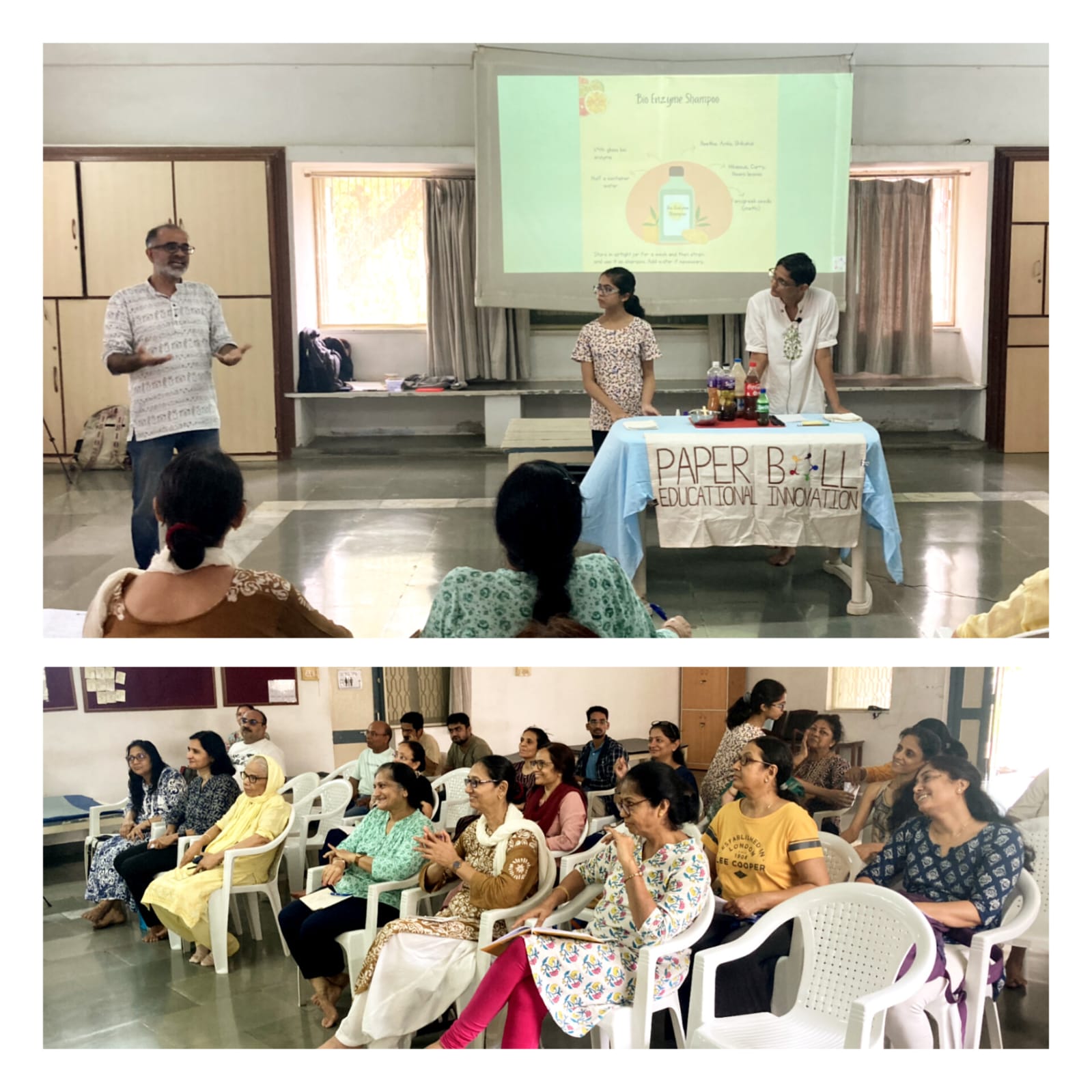
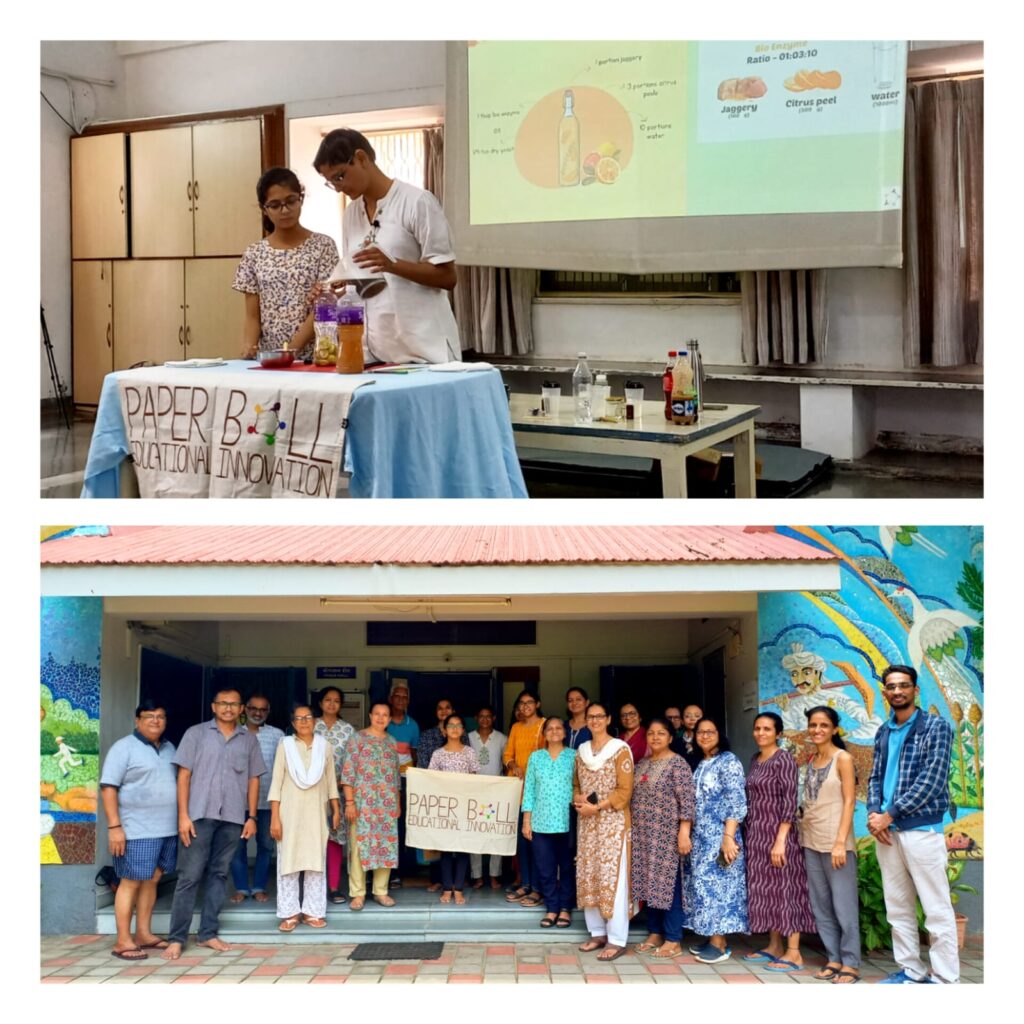
The participants learnt to make sustainable personal care and daily use products like bio enzyme – and the various ways in which the base liquid can be used as a multi-purpose liquid for many other products, body lotion, hair conditioner, body mist, mosquito repellant and other products with just a few ingredients at home. Compared to a company manufactured body lotion that uses anywhere between 20 and 30 ingredients (mostly industrial chemicals), the products that participants learnt to make with just 4 to 7 commonly used ingredients.
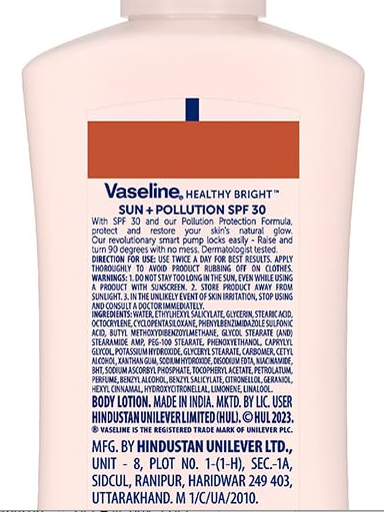
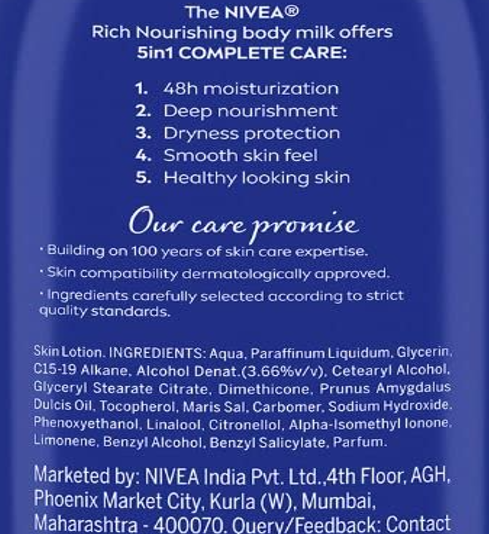
The session was highly interactive with many questions around the use, efficacy, and even shelf life of these products from the participants. The expert and the users of these natural products shared their experiences about the use and efficacy. Given the underlying idea of less usage of chemicals (including preservatives), the expert suggested the participants to create small batches at home and find out how they lasted in different conditions – outside, in refrigerator, during rainy season and so on.
Hoping that this effort makes a difference in the life of participants, their families, and the larger environment, too


